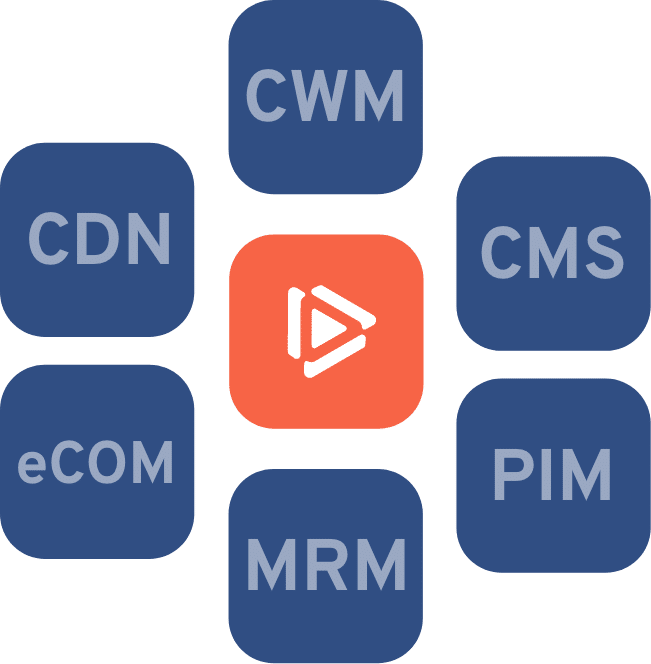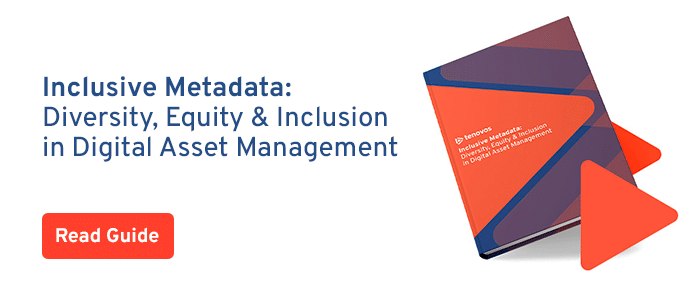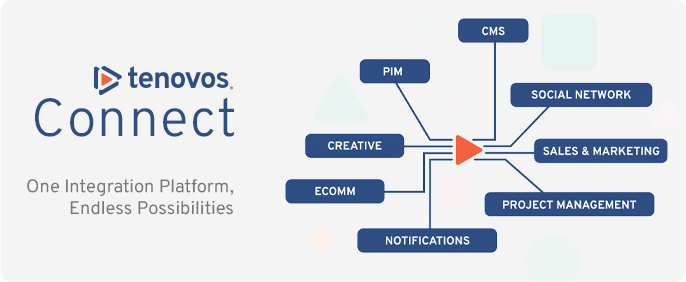Automate reviews, publishing, and integrations with a cloud DAM
Defaults are powerful, and the more you can code the desired default behavior into your system—or automate reviews entirely—the more productivity you can wring from your DAM.
Before indoor plumbing, people carried water by hand. Before cell phones, people used to park their car and walk to a phone booth. Before DAMs, brands generated millions of expensive creative assets and had no idea where they went or what they achieved. By tomorrow’s standards, today’s methods are always woefully inefficient. The trouble is, we’re creatures of habit, and we like to carry our old habits forward.
Consider many senior managers’ habits of still printing emails. Or storing items in physical folders, or emailing files to junior associates and asking for help changing the file name. That’s why one of the most powerful things you can do with your DAM is take those old systems out of people’s hands and place everything into the cloud. And not just many clouds, but one singular cloud—your DAM.
Once there, you can simplify, condense, and eliminate wasteful habits without ever having to ask people to change. Take, for example, review processes. If that process exists partially offline, partially on, and across many systems with many owners, changing it requires heavy effort. But if you streamline the approval system within the cloud DAM you own, changing the backend is easy. If you deem a step unnecessary, you can delete it, and few, if any, will ask where it went.
An example of a creative workflow decentralized across systems

An example of a creative workflow, spread across systems, consolidated into one.

This allows you to battle the most pernicious side effects of processes: They tend to grow indefinitely. Teams, departments, and businesses always tend to expand their scope. Very rarely, unless forced to, do they shrink. But if you have all your processes encoded in your DAM, you can consistently trim your company’s processes for their own good, so it can adapt with the times.
For example, you can:
- Give processes an expiration date. At the end of that period, evaluate the process’ utility. By default, if it wasn’t successful, end it.
- Conduct consistent tests and postmortems. Why did a small campaign nevertheless move so slowly? What effect did eliminating mundane tasks have on content reuse? Why did a particular campaign require so many agency hours?
- Reduce the process to its minimal, productive form.
When you have a true digital grasp on your process, you’re able to begin considering questions such as:
- How can we produce high-quality creative faster?
- How can our content reach its destination faster?
- Does everyone who needs this creative have access?
- Where else would this creative be useful?
- Do all our rounds of review actually improve quality?
- Can we measure the downstream outcome metrics of content, such as ad conversions?
- How can we use data to inform content creation in a cycle?
- How can we keep assets within the DAM to continue gathering data in a cycle?
- How can we reduce liability by automatically managing asset rights and version control?
In this light, the DAM ceases to be a bit player in the creative game, but rather the chief productivity system. If your DAM produces data that helps you make creative and production decisions, you’ll start to wonder, how can you get more creative in there? And more data?

Defaults are powerful. If you’re able to push everyone’s processes into the DAM, you can set and update defaults that move things along in a way that’s more productive for all.



